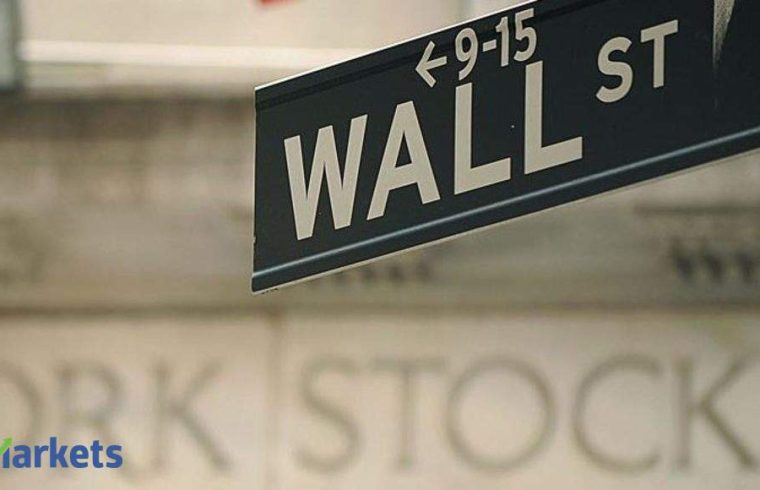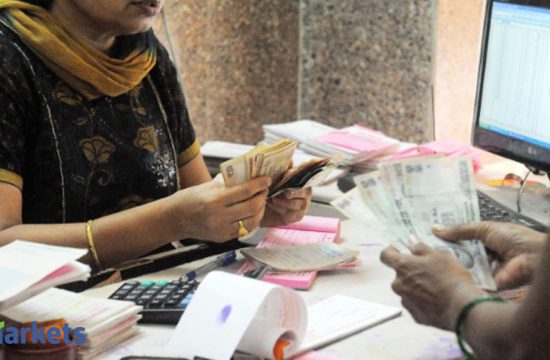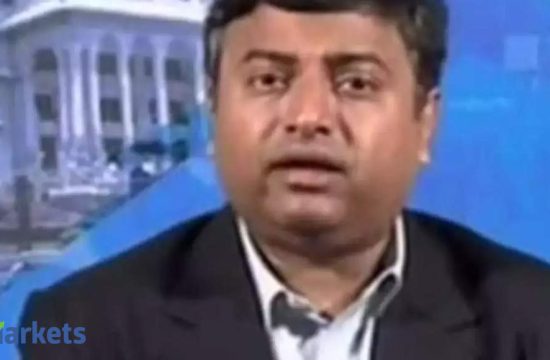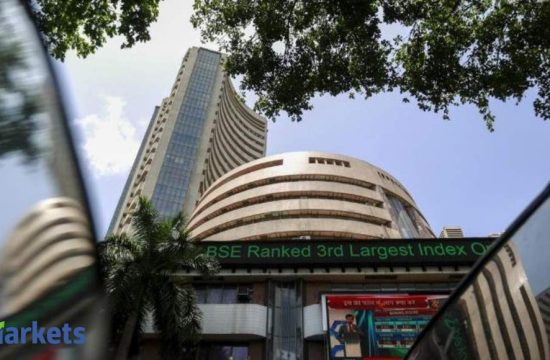
By Lewis Krauskopf
NEW YORK: Investors are shifting their focus to the Federal Reserve‘s monetary policy meeting next week as they seek cues following a recent technology-led U.S. market sell-off.
So far, few believe the past week’s volatility in stocks – which knocked the Nasdaq down as much as 10 per cent from its highs and rocked other indexes – is the start of a larger sell-off that will throw the market off its course after a six-month rally.
Some worry, however, that the moves may herald the start of a volatile period, as a much-awaited fiscal aid package stalls in the Senate and the U.S. presidential election looms. That’s left investors looking to the Fed for its view of the nascent U.S. economic recovery and what the central bank may do if markets continue to slide.
“The market, especially in absence of that fiscal policy package, is looking for the Fed to do even more,” said Michael Arone, chief investment strategist at State Street Global Advisors. “And it’s not clear that they can do more or how much they’re willing to do, at least at this point.”
The Fed slashed rates to near zero in March as stocks plunged on fears of the economic impact from the coronavirus, and has rolled out lending programs to support businesses and households. It is also buying tens of billions of bonds monthly to keep markets functioning smoothly.
Despite stocks’ recent slide, some market participants believe equities would have to tumble much further for the Fed to act.
Fed Chairman Jerome Powell said earlier this month that while the central bank will keep its foot on the monetary policy gas, lawmakers also need to help with recovery relief, making the government’s failure to pass the next round of stimulus an increasingly worrying development to some investors.
“We have an economy that has not yet cleared the woods of the pandemic,” said Nela Richardson, investment strategist at Edward Jones. “These risks that were … maybe hidden a bit by all this stimulus are now starting to be highlighted and more transparent.”
The number of Americans filing new claims for unemployment benefits hovered at high levels last week, suggesting the labor market recovery from the Covid-19 pandemic was stalling as government financial aid to businesses and the unemployed dries up.
Analysts at BofA Global Research noted that September tends to be the weakest month of the year, with stocks notching gains less than half the time and the S&P 500’s average return at minus 1 per cent.
The bank’s data also shows that markets tend to dip in the weeks ahead of an election, then rallying after. In this case, among investors’ concerns is that the Nov 3 vote will be unclear or disputed.
Investors are also hoping to learn more about the Fed’s strategic decision to allow periods of higher inflation as it puts more emphasis on bolstering the labor market.
Modestly higher real yields after the Fed’s shift on inflation have contributed to the recent wobble in tech-related stocks, analysts at Oxford Economics said in a report.
“It’ll just give us a bit more clarity in terms of how they are going to be looking at their mandate going forward,” said Eric Theoret, global macro strategist with Manulife Investment Management.
Investors will also be looking to the Fed’s summary of economic projections, known as the “dot plot,” for clues on how quickly the central bank expects labor markets to recover and how soon it may lift rates from record lows.
“I think the 2023 dots will be the ones everybody’s staring at,” said Jon Hill, an interest rate strategist at BMO Capital Markets.









